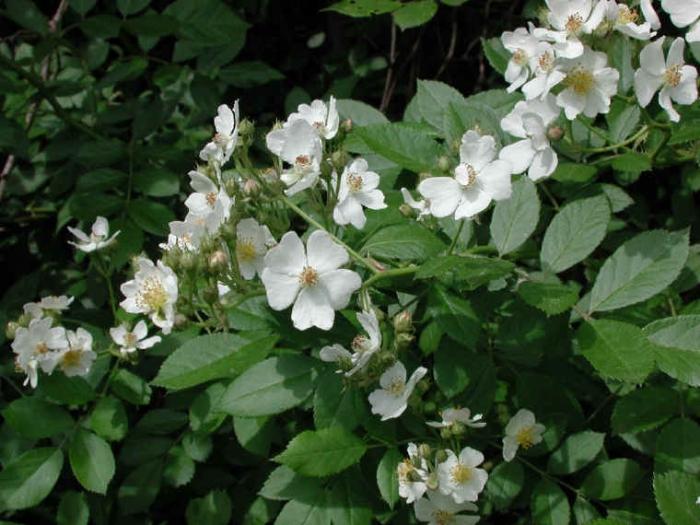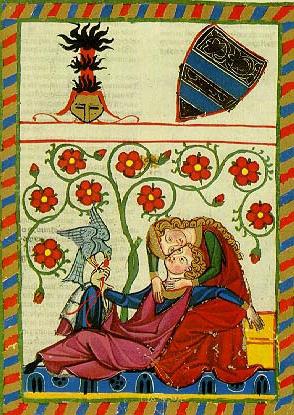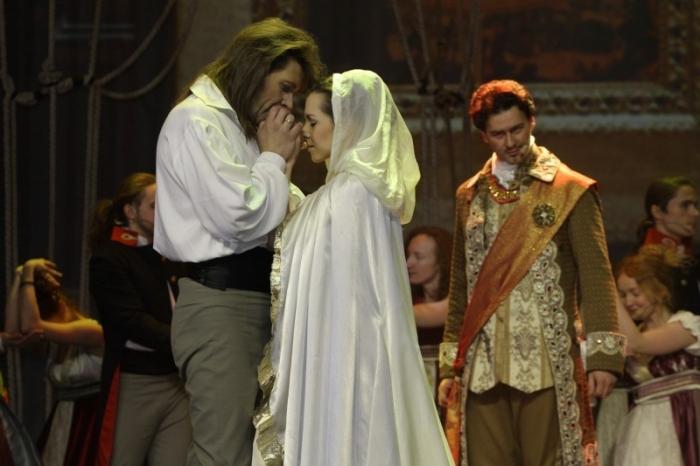Troubadours - medieval poets and musicians, were in fact revolutionaries in poetry. Their work appeared in the XI century, and in the XII-XII centuries experienced its heyday. Occitania was his homeland - several virtually independent feudal principalities in the south of modern France. We can say that all modern European poetry was born thanks to troubadours, and their very views on poetry and music in the Occitan language were called fine amor - the art of love. In more northern countries it was called courtesy. Troubadours are the inventors of not only author’s poems and music, but also complex symbols. One of the favorite images in their work is white rose hips.

This flower is largely associated with a love theme. First of all, with such a flower in poetry was compared the beloved, beautiful Lady, to whom the poets dedicated their passionate songs. After all, to be a troubadour meant not only putting together beautiful, smart and elegant words, but also writing music to them. The highest art in those days was considered the ability to compose texts and to execute them. White rose is a very multi-valued symbol in the poetry of the troubadours. He was given to the chosen one as a sign of love and her highest aspirations. However, if the lady in return also gave the singer such presents, he usually suffered and cried. After all, from his beloved, he wanted a reciprocal feeling, not flowers.

White rosehip plays a large role in such a genre of troubadour poetry as “alba”. After all, as a rule, the theme of love poems was not a mutual passion of the spouses, but a secret, hidden craving, similar to the irresistible desire of Tristan and Isolde. She appeared out of wedlock. "Alba" - or dawn songs - tell us about how lovers spend time at night with each other, and the sentinel is on the alert to give them a sign when the sun rises. Often this secret place is the gazebo where the rosehip grows. White or scarlet - it will always hide envious lovers from the eyes. But the latter often report to a jealous husband who can kill both young people who have indulged in passion.
Love for poetry and troubadour music is always a concession to the attraction of the heart. But the physical quenching of desire is only then a true fine amor when it comes after very long and difficult trials. After all, until love passes this difficult path, until it becomes refined and refined - it does not become real. And the main goal of this passion is joy. This love delight should always be maintained and stored so that this fire does not die out. Literally every song lyrics speaks about this. White rosehip, which is often present in such works in one way or another, also symbolizes this pure and clear love heat.

Interestingly, the theme of troubadours has also found its response in contemporary poetry and music. Most vividly and inspirationally, her main images were embodied in the famous ballad, written by Alexei Rybnikov. "White Rosehip" - a song from the rock opera "Juno and Avos" as if sums up a short result to all the work of the troubadours and their love poems and music. For love, most likely, you will have to pay with life. This is the only price they give for it. Absolute desire requires absolute sacrifice.